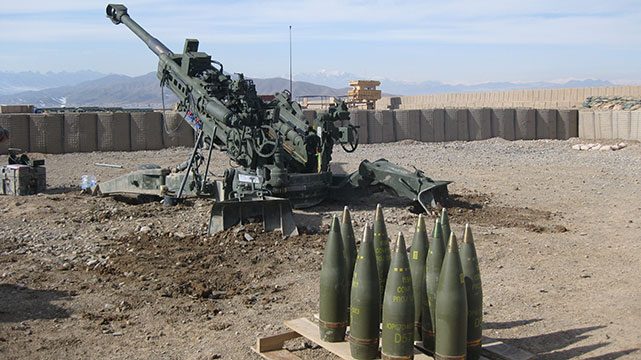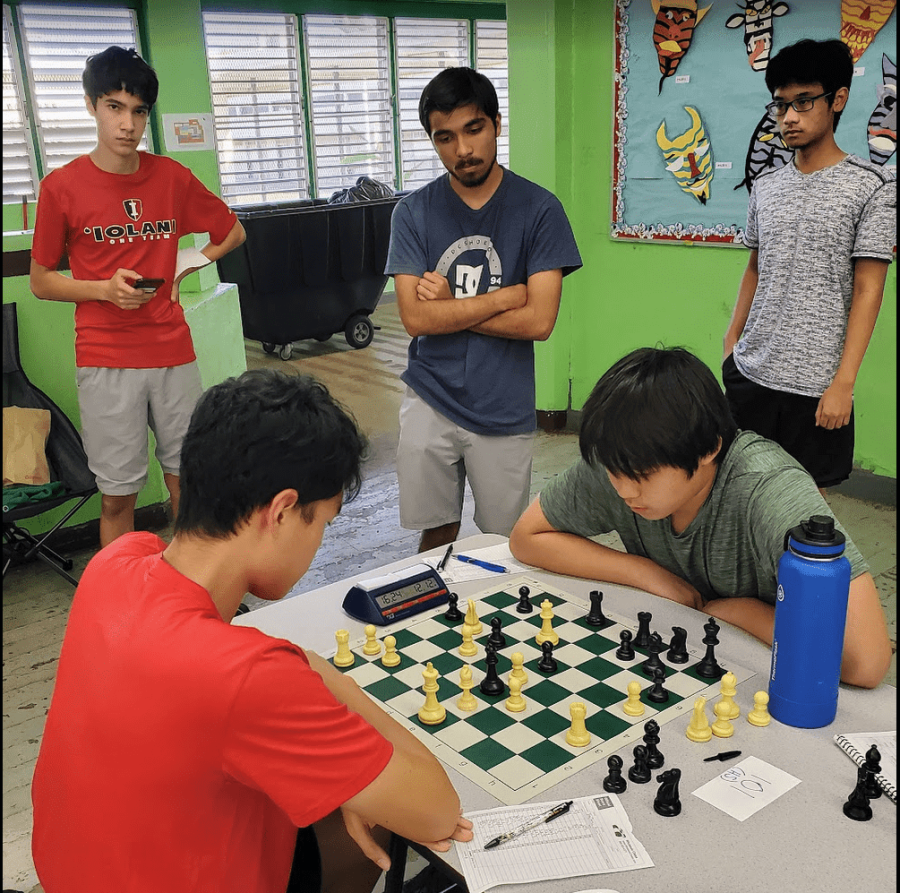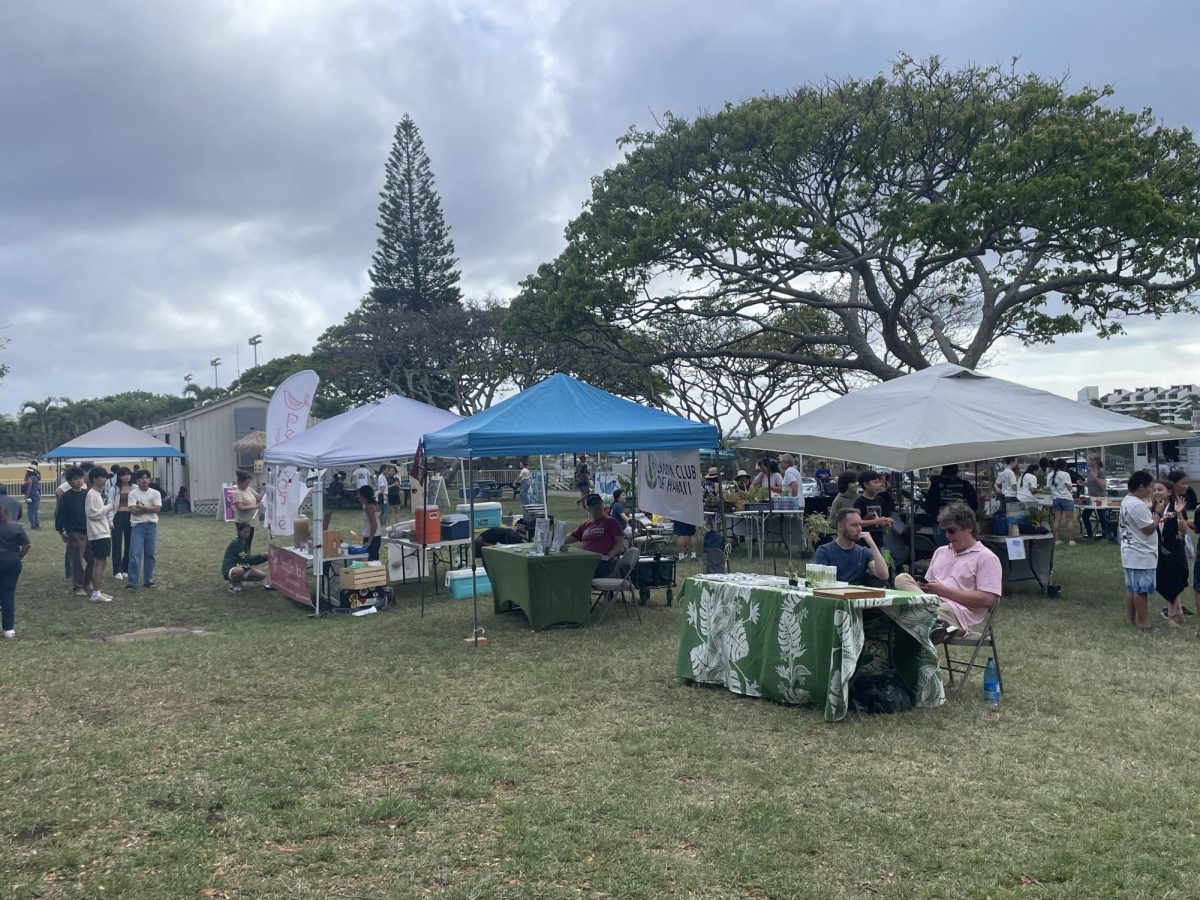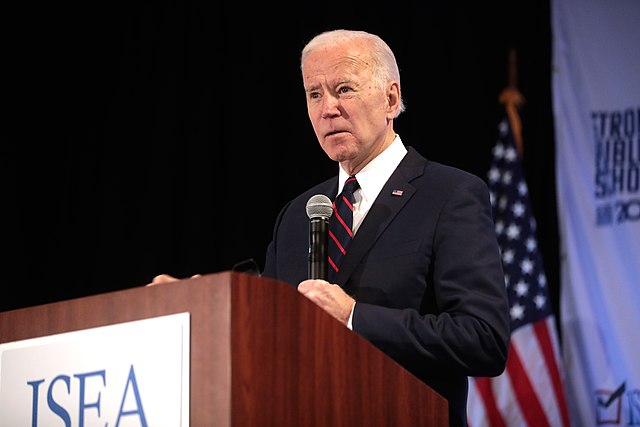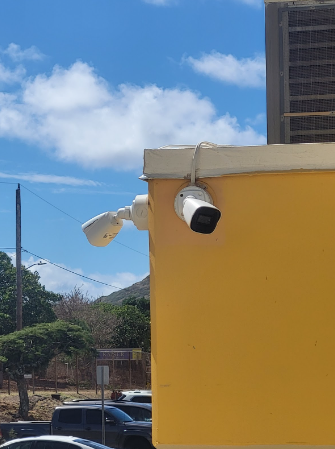South Korea’s military condemned its northern neighbor on Friday after Pyongyang fired artillery rounds that fell within a maritime buffer zone that has long been a flashpoint between the two.
North Korea fired more than 200 rounds between 9:00 a.m. and 11 a.m. off its west coast, near South Korea’s Baengnyeong and Yeonpyeong islands, according to South Korea’s Joint Chiefs of Staff (JCS).
The artillery fell north of the Northern Limit Line (NLL), a disputed de facto border drawn up by the United Nations at the end of the Korean War in 1953.
“The artillery shells had been dropped on sea which had no casualties made to the residents of the island or marines in the base,” said Consul Jae Hyun Lim, Consulate General in Honolulu.
In response, South Korea’s military held its own maritime shooting exercise on Friday afternoon, four hours after the provocation. They fired twice the amount of North Korean shells in an effort to suppress this kind of provocation in the future.
“The Korean Military does not accept any kind of military provocations. We are expecting to have deterrent on this kind of act by showing our response

ability against North Korean army,” said Officer Oh, a worker for the Consulate General of the Republic of Korea in Honolulu.
Ahead of the exercise, Yeonpyeong residents were ordered to evacuate to nearby shelters and “refrain from doing outdoor activities”, in order to prevent further casualties from misfired shells.
Yeonpyeong-do is a tiny island that only measures three square miles, and is home to more than 2100 people, according to its local office website.
Baengnyeong-do, a nearby island of Yeonpyeong-do, is about 18 square miles, and has more than 4900 residents.
It is not unprecedented for North Korea to fire shells into the maritime buffer zone, but such acts do raise tension between North and South Korea.
According to a Korean Navy officer, Sun Gun in the Korean consulate, “the real reasons and goals for this kind of action is the survival of Kim Jung Un’s regime from not just outside of North Korea, but from inside dissatisfaction of the North Korea government”
While North Korean artillery shells all landed on the northern side of the sea border, the South Korean military has been monitoring the North’s moves along its shores with the cooperation of the U.S. military.
This monitoring allowed South Korea to find the provocation location and destroy targets to damage the North Korean army, in an attempt to stop this kind of hostile military activity.
However, this had not stopped North Korea from continuing with provocations, and rather made their actions even bigger and now. It is widely anticipated that there will be even bolder provocations in the future.
“Since North Korea has fired its coastal artillery before, it is anticipated that we will likely face further provocations like this, unless they have satisfactory conditions for Kim Jong Un and his regime in Norh Korea,” said Officer Oh.
